For your information
You are being redirected to one of our divisional subsites which contains more detailed information on the required division. To navigate back to the main Invicta Group site, please click the link found in the footer at the bottom of the page.
- Durasteel
Discover the benefits of Durasteel
- Systems
Systems
- Expertise
Expertise
-
Applications
- Aircraft Hangar Fire Protection
- Battery Storage Facilities
- Building Fire Compartmentation
- Anti-Terrorist Blast Protection
- Cable Tunnel Fire Compartmentation
- Equipment Delivery Hatches
- Equipment Enclosures
- Heat Shields
- Power Station Fire Protection
- Metro and Rail Fire Protection
- High Voltage Cable Protection
- Substation Fire & Blast Protection
- Tunnel Fire Protection
- Oil & Gas Fire & Blast Protection
- Ventilation Systems
- Wind Farm Fire Protection
-
Applications
- Projects
- Insights
Insights
-
Articles
- Blast Protection System Design Considerations & Design Criteria
- How to Conduct a Fire Risk Assessment for Factories and Warehouses
- Minimising the Risk of Fire, Blasts & Explosions in the Middle East
- Understanding Integrity, Stability and Insulation in Passive Fire Protection
- Triangle of Fire & Active vs Passive Fire Protection
- Frequently Asked Questions
- A to Z of Terms
-
Articles
- Contact
Contact

UK +44 1843 220 256

US +1 305 328 9444

UAE +971 4 277 6225

Qatar +974 4441 4340

India +91 99 0355 9793

Malaysia +60 16 286 6225
- Start your project
How fire protection plays a role in protecting the environment
26th September 2022
Quick Quote
Contact Fraser Shearer Sarun Vysakham Ben Tan Azim Rizvi Anand Raghavan Our USA Office
To get a quotation or arrange a free site survey - Call Fraser Shearer Sarun Vysakham Ben Tan Azim Rizvi Anand Raghavan Our USA Office on
-
 UK
UK
-
 UAE
UAE
-
 Malaysia
Malaysia
-
 India
India
-
 Qatar
Qatar
-
 USA
USA
Current location:
Quick Quote
Contact Fraser Shearer Sarun Vysakham Ben Tan Azim Rizvi Anand Raghavan Our USA Office
-
 UK
UK
-
 UAE
UAE
-
 Malaysia
Malaysia
-
 India
India
-
 Qatar
Qatar
-
 USA
USA
Current location:
Fire protection, both passive and active, is often talked about in terms of saving lives. Yet while protecting people and property is clearly the chief aim of our products, they also confer other benefits. From protecting our history and culture to supporting critical infrastructure, Durasteel and other forms of fire protection are the bedrock of safety and security around the world.
Among these benefits, one of the lesser appreciated is the capacity to protect the environment. Durasteel may not be out saving plants and animals, but the role it serves in preventing and containing fires – and the environmental impact of the materials used – all contribute towards a happier, healthier and greener world.
Wasting water
The role that fire protection plays in environmental protection came into stark relief with the news of a Jim Beam warehouse fire. More than 45,000 barrels of whiskey were lost in a blaze that raged for three days, with much of the liquid draining off into a nearby river. Despite the best efforts of environmental officials to aerate the water, hundreds of fish are already believed to have died, with the potential for much longer-term problems. A similar fire at a bourbon warehouse last year had the same effect, and led to the deaths of 1,000 fish.
In this instance, the position and contents of the warehouse were the problem, with the casks bursting and leaking into the river. In many other situations, however, it’s the response to the fire that can cause problems. If environmental factors are not considered in the firefighting process – and there is often very little time to do so – catastrophes can occur. The primary issue is that of ‘firewater’, the wastewater that’s produced when a fire is doused with hoses. The water picks up pollutants as it douses various objects, and can carry these into nearby water sources.
Firewater runoff has caused damage far beyond the initial scope of a fire in numerous cases, many of which are now used to teach responsible firefighting. Perhaps the most famous is the Sandoz chemical warehouse fire in Basel, Switzerland. Possibly caused by spies as a distraction from Chernobyl, the choice to douse the chemicals with water caused a major ecological disaster when the runoff made its way to the Rhine river. The water turned red, and a large proportion of the European eel population was killed. While stocks eventually recovered, the animal was rendered inedible for more than a decade.
Smoke and mirrors
In these instances, both passive and active fire protection play a critical role in limiting the spread of a fire, and channeling it away from areas which might be polluted by water or chemicals. This isn’t just important for chemical storage plants, but all kinds of warehouses and facilities. The contents of buildings tends to change much more regularly than fire risk assessments are carried out, while the law does not always keep pace with changes in the use and composition of structures. Proper active and passive fire protection is a critical failsafe in these instances, helping to mitigate the fire risk posed by objects whose risks haven’t been tallied.
This is true not just of wastewater and chemical leaks, but also of smoke plumes. Smoke from a large fire not only deposits carbon into the atmosphere, but can also spread poisonous chemicals across a large distance. This can pose an immediate threat to human life through noxious gases, but can also cause chemicals to settle on land around the fire, which may then make their way into the food chain.
Ironically, many of the most toxic chemicals are fire retardant or resistant materials, such as asbestos. While they have been banned from production and use, in many cases they are still present in buildings, or kept in storage awaiting disposal – making them an active and potent fire risk. With early fire detection and protection systems built into warehouse racking, a storage fire can be detected before smoke is even visible, and held at bay until it can be extinguished.
Blazing a trail
Fire protection can also help to protect the environment in a more direct fashion. One of the most significant risks to the environment is wildfire, which has recently devastated large swathes of the United States. In the most serious case last year, a weeks-long fire is believed to have been caused by power cables and transformers; already in poor condition, they were further damaged by a storm, and left too close to nearby woodland. The electrical cables fell into trees and detritus which caught light, and spread rapidly to communities around California.
While the power lines themselves can’t be boxed in, exclusion zones and barriers can help to limit the spread of fire beyond the area around them, while fire detectors could speed up the response of emergency services. The use of fire barriers meanwhile can be used to stem the spread of wildfires, and to protect buildings in high-risk areas. By using fire-rated interior and exterior walls, people’s homes can be protected after they evacuate, keeping them safe and reducing their insurance premiums.
Fire and blast protection can also protect critical infrastructure from accidental or deliberate damage, which could cause an uncontrolled conflagration. The immense damage caused by the lighting of oil wells in the invasion of Kuwait is an extreme example, but it demonstrates the importance of isolating and protecting such infrastructure. Similarly, incidents such as Piper Alpha could have been prevented or the damage mitigated by proper blast shielding, which did not exist due to the retrofitting of the platform.
—
While the environmental aspect of fire safety has traditionally been neglected, it has become more important in recent years, as the public’s awareness of environmental issues has grown. ISO 14001 accreditation is in higher demand than ever, and having an effective plan for managing the impact of fires is a crucial part of this. P
assive and active fire protection can be a pivotal element of this, and should be the first step towards compliance. There may be no smoke without fire, but with the right tools, you can stop a fire before you even see it. To learn more about our passive fire protection products, including our many Durasteel systems, don’t hesitate to contact us.
Accreditations & Affiliations

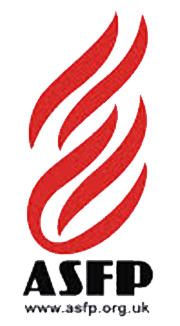





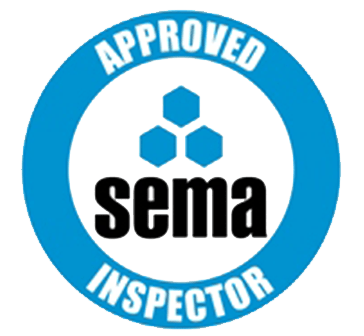

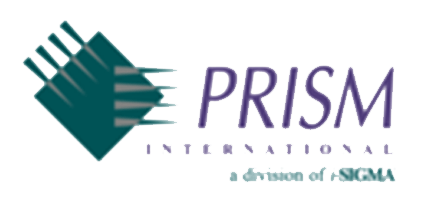

SpecUp - System Specification Wizard
Answer the 5 short questions below to receive your recommended Durasteel system specifications. Hover over the ? icons for a brief explanation.
Question 1/5
Type of system required?
Question 2/5
Fire rating required?
Question 3/5
Fire integrity-only or integrity and insulation?
Question 4/5
Fire attack risk from one side or both sides of the system?
Question 5/5
Blast rating required in addition to fire rating?
Creating your results page
Thanks for completing the SpecUp, you’ll be redirected to your results shortly.
Click here if you aren't redirected after a few secondsStart your project
Tell us about your project. Please complete this form. One of our sales team will come back to you with more details. If you prefer, you can drop us an email.
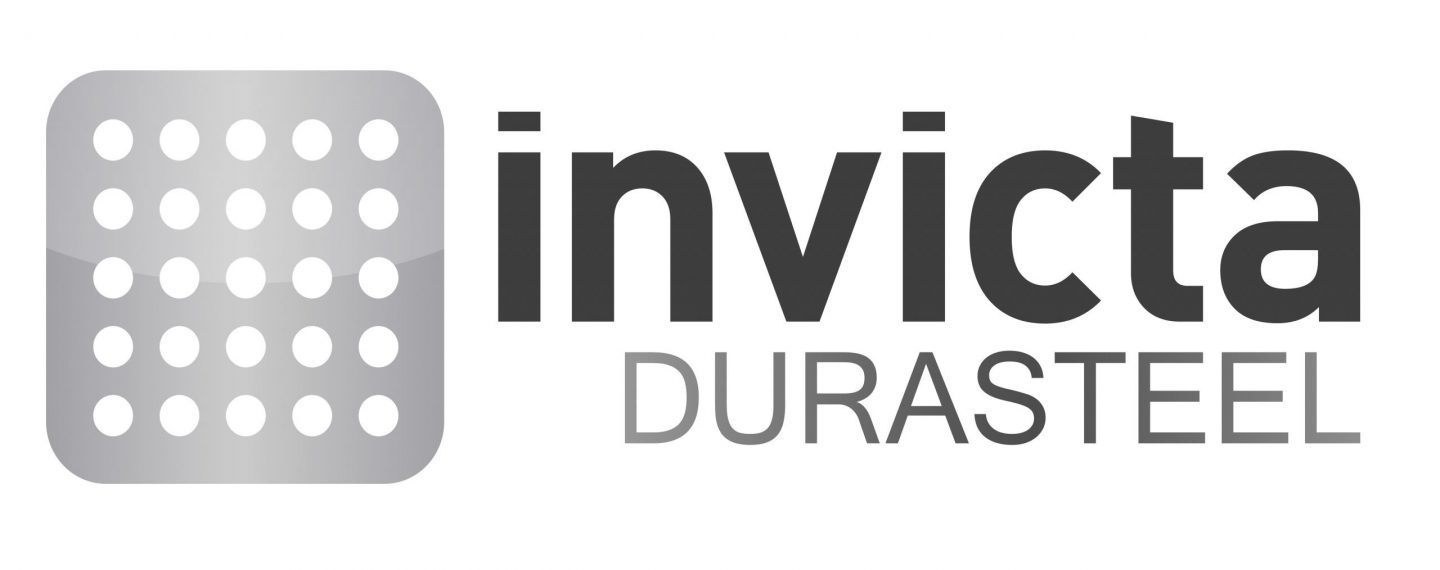

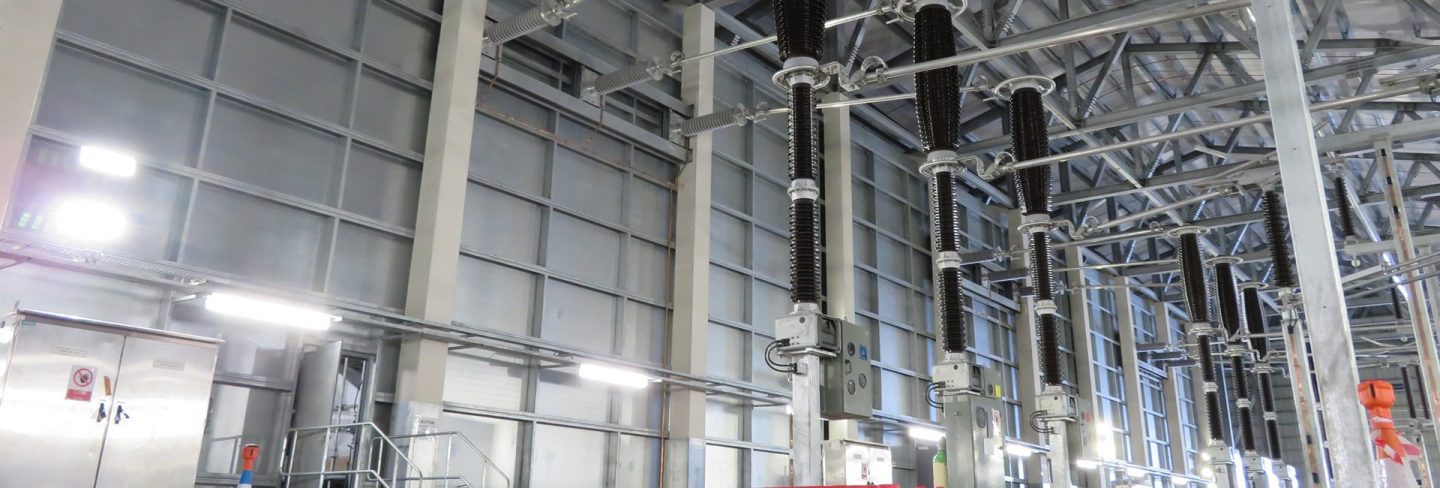
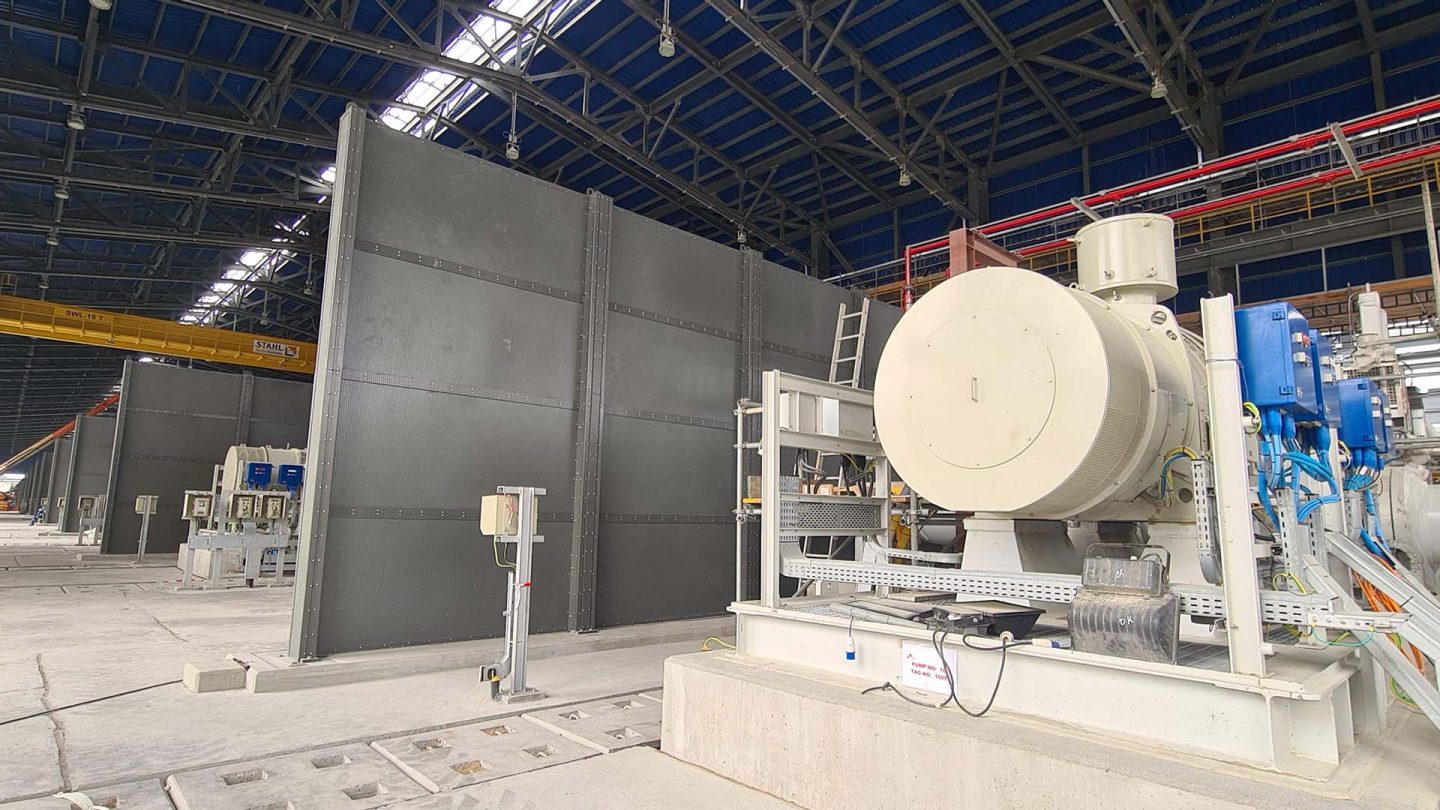
Share/Like this page